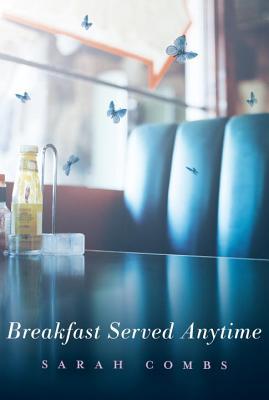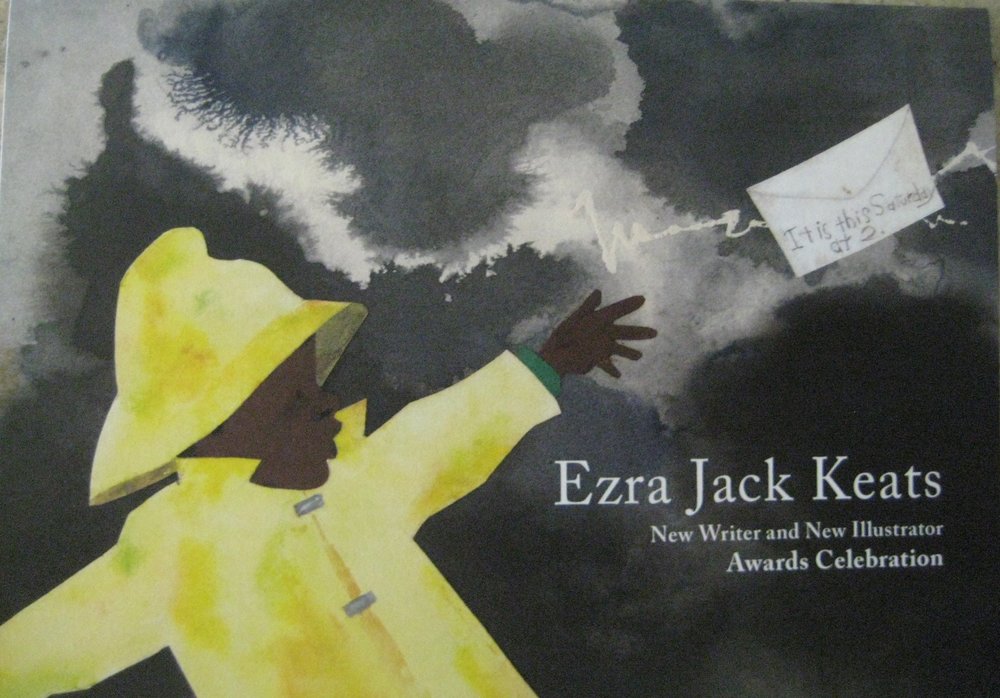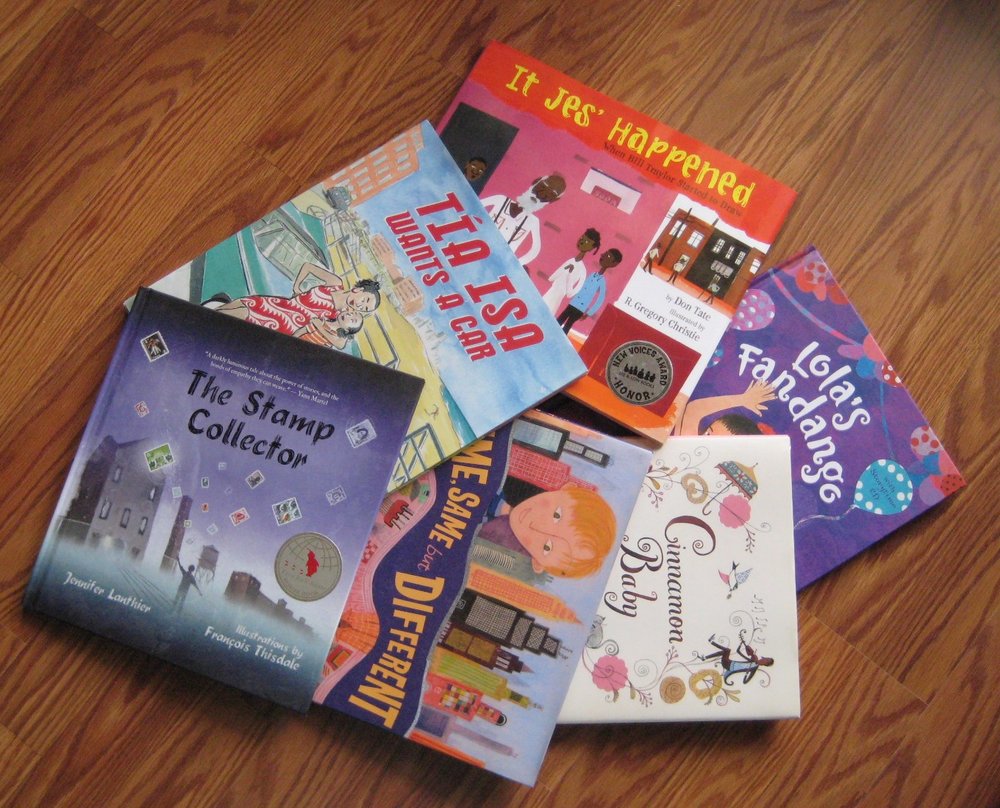 I do like good beginnings. Sarah Combs starts Breakfast Served Anytime with “The butterflies started showing up the night before I left for Geek Camp.” She had me with the butterflies and the geeks and kept me as I followed them through the book.
I do like good beginnings. Sarah Combs starts Breakfast Served Anytime with “The butterflies started showing up the night before I left for Geek Camp.” She had me with the butterflies and the geeks and kept me as I followed them through the book.
Gloria, her protagonist, heads to a summer program for gifted and talented students in their rising senior summer to give them a taste of college life. Successful completion promises the carrot of a full scholarship to Kentucky’s flagship university. Practice in making critical decisions begins immediately as Gloria must decide on a major for the camp. She passes over the most obvious choices for herself in forensic science or theater arts and opts for the intriguing “Secrets of the Written Word.”
Other decisions and relationships must be sorted out as she moves toward dependence on herself rather than the adults in her life. I was struck with how much things have changed and how much they have stayed the same in this age that abuts adulthood. I read remembering when I was that age and thinking about two granddaughters who will be in this stage of life within the next two months. The things they must cope with are both different and the same as I remember.
In no particular order, these are my lists.
Changed:
• Language, both in acceptable profanity and in shortcut jargon
• Various family structures rather than the norm of two parents, one and one-half siblings, and a dog
• Opportunities like this Geek Camp
• Uneasiness at leaving all electronic gadgets behind
Unchanged:
• Anxiety about what goals and majors one needs to pursue in life
• The dilemma about whether to accept a scholarship offer or hold out, hoping for a more appropriate one from a school that is a better fit
• Relationships – which to trust, which to value, which to hold onto at all costs
Sarah Combs captures well the joys and sorrows of coming-of-age. It’s a good read for young adults and for those who want to understand their present day lives in this changing world.





































